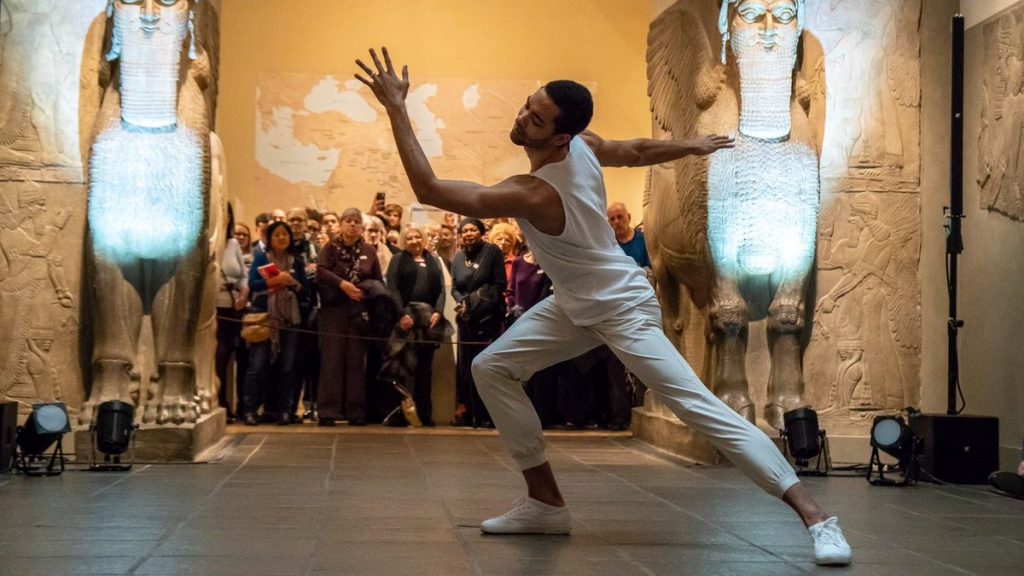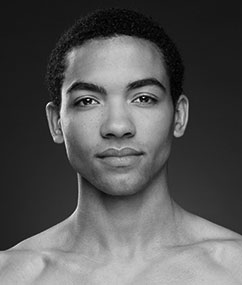
On the surface, few things could seem as removed from one another as what we understand classical dance to be and the tumultuous demands for justice and equality now roaring through city streets in America. The Met doesn’t agree and has raised the profile of one of its past dance events to prove its point.
Silas Farley may not be what you’d expect him to be either. Looming skyward at 6’ 6” tall and African American, his lean physique and impeccable carriage are the two things that hint at what he is, one of the most respected ballet dancer/ choreographers in the country today at only 24.

A protégé who studied at the New York City Ballet and now one of its elite dancers, the Met commissioned Farley to create a work for its Met Live Arts series. The result, Songs from the Spirit, was premiered in the museum in early March last year, just before the country sank into lockdown.
Considered a ballet, few people seeing the four-part program would likely feel that’s true. It looks (and sounds) too modern to be ballet; another instance where dance defies categorization. Danced in three of the museum’s magnificent galleries before landing in the Great Hall for its celebration finale, the dance is tightly reflective of the music score used as its foundation. The many messages of the dance get amplified and explained through the music selected for the each of its segments; lamentation, interlude, contemplation and celebration. Together, music and dance make Spirit seem intensely personal and force you to watch and listen with surprising intensity. Unhurried and intellectually deliberate, the experience is ultimately brilliant and fascinating.

Current and former inmates of California’s San Quentin state prison contributed original music to the effort. Much of it has the sound of poetry that’s masculine in its strength as it floats smoothly on top of unexpected melodies. And although often sublime, this poetry is riddled with hard and uncompromising truths sitting on a hip hop template. Balanced with a healthy dose of traditional Black spirituals, many of them presented with arrangements that grip your consciousness and delight the ear, Spirit is two worlds moving in unison, looking for the same thing.
Most of the music is recorded but there are generous portions in the dance when two singers, Kelly Griffin (soprano) and Robert May perform acapella. Both are exceptional but it’s Mr. May’s tenor that lingers in your consciousness long after the ballet has ended. It’s also Mr. May who can take credit for so splendidly arranging all the music for Songs from the Spirit.
It’s that spirit of renewal embodied in Mr. Farley’s dance epic that fuels the activism roiling through our streets today.